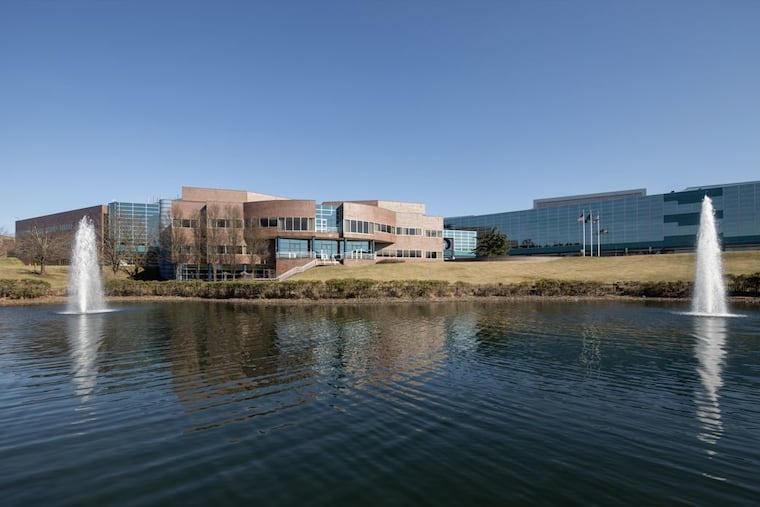Penn Medicine gene therapy unit moving into former GSK plant in King of Prussia
Penn’s bold suburban push comes amid a University City lab-space crunch. One firm called University City one of 12 “star submarkets” nationwide that have maintained high rents and occupancy levels.
